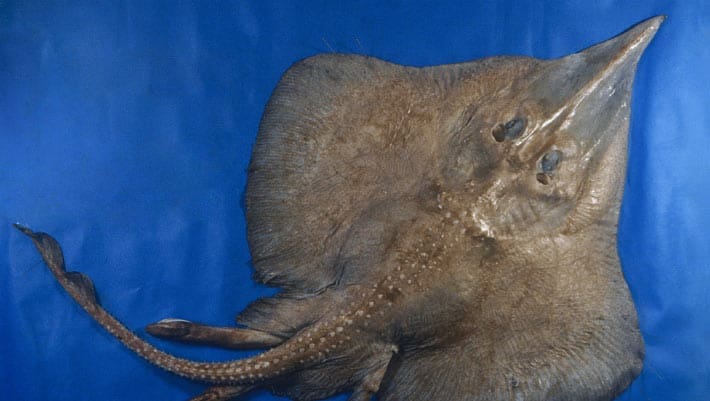Marine biologists have identified a new species of the skate genus Leucoraja lurking in the depths of the Southwestern Indian Ocean.

Support authors and subscribe to content
This is premium stuff. Subscribe to read the entire article.
Login if you have purchased
